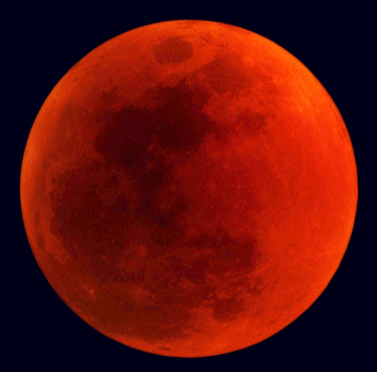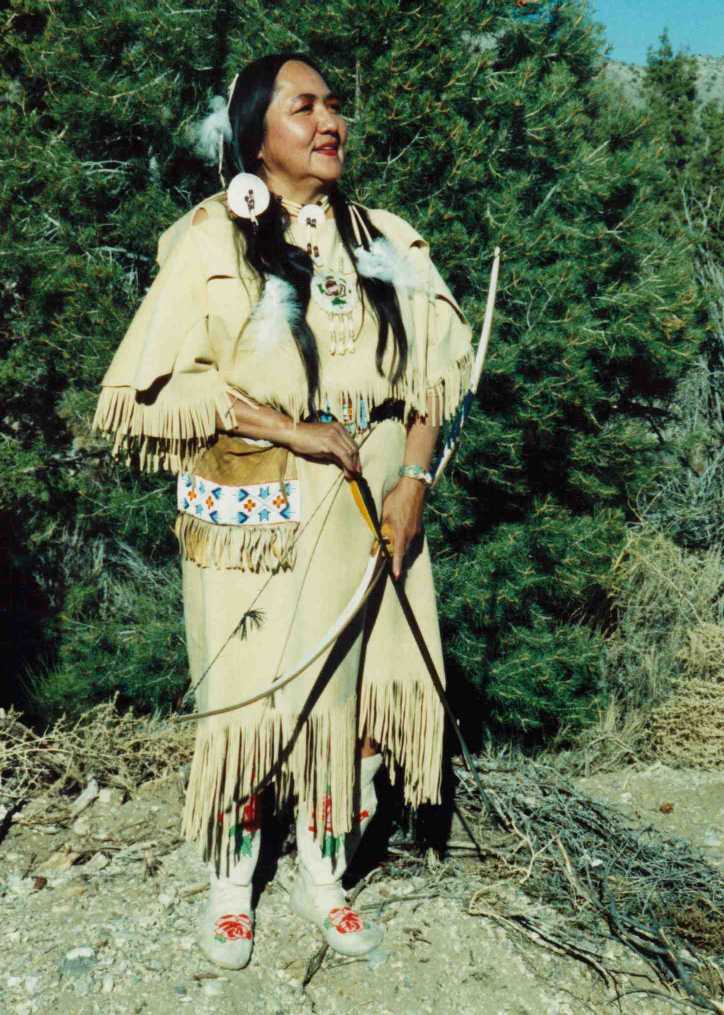
First Total Lunar Eclipse of 2014: The Complete Skywatcher’s Guide
By Joe Rao, Space.com Skywatching Columnist | April 14, 2014 06:00am ET
Editor’s update for 2 pm ET: For the latest weather forecast for tonight’s total lunar eclipse, read: Total Lunar Eclipse Weather: Forecast Bleak for Eastern US
No enthusiastic skywatcher misses a total eclipse of the moon, and if weather permits tonight, neither should you.
The spectacle is often more beautiful and interesting than one would think. During the time that the moon is entering into and later emerging from out of the Earth’s shadow, secondary phenomena may be overlooked. You can also watch the eclipse live on Space.com, courtesy of NASA, the Slooh community telescope and the Virtual Telescope Project.
Observers that know what to look for have a better chance of seeing the stunning eclipse, weather permitting. This first total lunar eclipse of 2014 is set to begin tonight (April 14) into the wee hours of Tuesday morning (April 15). The lunar eclipse is set to begin at about 2 a.m. EDT (0600 GMT), and it should last about 3.5 hours. The eclipse should be visible, weather permitting, through most of North America and part of South America. Read more…
————————————————————————————————————————————————————————-
From The Old Farmer’s Almanac
April’s Full Moon, Full Pink Moon, heralds the appearance of the moss pink, or wild ground phlox—one of the first spring flowers. It is also known as the Sprouting Grass Moon, the Egg Moon, and the Fish Moon.
This Full Pink Moon rises on April 15. This year, the 15th brings a total eclipse of the Moon—which will be fully visible from North America.
Farmer’s Almanac’s Full Moon Video featuring, Amy Nieskens
“Each month, we will explain the traditional names of the full Moon along with some fascinating Moon facts. In this video, learn about April’s Full Pink Moon. Click below to watch video.”
Space.Com’s Official Website
Farmer’s Almanac Official Website


